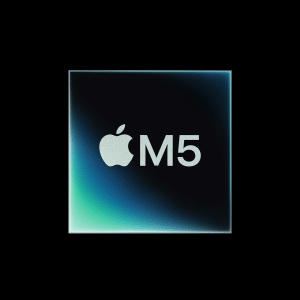With consumers becoming increasingly conscious of their health and the environment, new startups are innovating in food and introducing new technology to reduce carbon emissions and make us healthier and greener. This week, we delve deeper into the growing FoodTech industry, and explore some of the biggest innovations set to shake up our mealtimes.
Changing Industry
Put food and technology in the same sentence, and it’s likely that brands such as Uber Eats and Blue Apron come to mind. Both have innovated in their fields, allowing consumers to order food from their smartphone or have a box of ingredients shipped to their address, but they’re just the tip of the iceberg when it comes to the food industry. Food delivery accounts for around one percent of the total food industry (€83 billion per year, according to McKinsey) whilst the meal kit industry is now thought to be worth more than $1.5 billion per year, both huge figures for relatively simple concepts that combine food and the tech on our iPhones.

But the FoodTech industry is much more than pizza delivery and expensive subscriptions to meal prep programmes – it’s about changing the way we eat. Around the world, businesses have been looking for the next big thing to generate returns on their investment, and with food, they’ve found it. FinTech, for example, was a buzzword on investors’ lips a couple of years ago, with FinTech companies combined raising an eye-watering $39.6 billion in 2018, but now it’s food that’s ready for innovation. Entrepreneurs and food scientists around the world are challenging the way we think about food and introducing new concepts that will not only make us healthier, but save us time, offer us more choice and flexibility, and reduce the impact our food has on the environment. Roughly one-third of the food produced in the world for human consumption every year (approximately 1.3 billion tonnes) is lost or wasted, but with the right technology, many hope that food waste will become a thing of the past. But how is that going to happen?
Read the full article at AppleMagazine #393.







